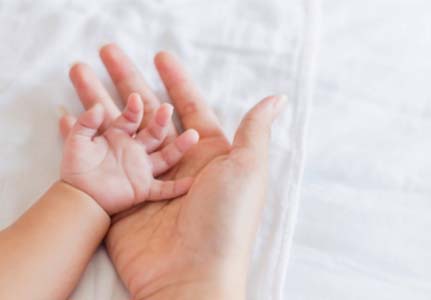EURORDIS Membership Meeting 2015 Focuses on European Reference Networks

This year’s EURORDIS Membership Meeting (EMM) was abuzz with networking between over 250 participants who travelled from all over the world to Madrid.
The EMM kicked off with the EURORDIS General Assembly, during which members approved the EURORDIS Activity/ Financial Report 2014 and the 2015 Action Plan & Budget. There was also a presentation of the 2015 – 2020 Strategy.
Two representatives from member organisations of the EURORDIS Board were re-elected: Simona Bellagambi for UNIAMO, Italy and Avril Daly for Genetic & Rare Disorders Organisation, Ireland. The Board welcomed Françoise Salama as the new representative of the AFM-Téléthon, France and Nick Sireau, representing the AKU Society, UK.
Meetings also took place around the EMM, including a Council of National Alliances Meeting, a RareConnect workshop and the official launch and inaugural meeting of Rare Diseases International, the global voice for rare disease patients, which was attended by over 60 patient representatives from 30 countries.
 European Reference Networks: finding a home for all rare disease patients
European Reference Networks: finding a home for all rare disease patients
The plenary sessions focused on national rare disease strategies (examples in Romania, Ireland, Denmark and Croatia were discussed) and primarily on European Reference Networks (ERNs).
Discussion on ERNs centred on the upcoming initial call for applications from networks of Centres of Expertise and healthcare providers wanting to become ERNs (due to take place in December 2015). EURORDIS members discussed the proposed ‘grouping’ structure of ERNs and how patients can be involved in the ERN decision and opinion-making process. Breakout sessions then provided members with an opportunity to ask questions on ERNs, on the process for first call for ERNs and on how their diseases can be part of this grouping structure.
Birthe Byskov Holm, EURORDIS Board Member and Rare Disorders Denmark President, spoke on what ERNs actually mean for patients based on her personal experience. Her son has a rare form of osteogenesis imperfecta (OI). She described her experience of the development of Centres of Expertise in Denmark since the 1980s, evolving from the point of not knowing that there were local specialists, to today benefitting from an OI Centre of Expertise.
She commented, “We have created pathways for patients to get to Centres of Expertise. We have a national rare disease strategy. What we are missing is a national procedure for Centres of Expertise; ERNs are not yet established.” She added, “We are expecting the Centres of Expertise from Denmark will be included in every ERN that is set up. I think ERNs will reduce inequality in healthcare for European patients. ERNs are not a threat but are an option and the role of patient organisations in ERNs is very important to facilitate networking.”
All EURORDIS members are invited to join a webinar on 21 July 16.30-18.00 CEST to learn more about ERNs and how member organisations can get involved in the first call for ERNs.
Workshops on rare disease research; access to orphan medicines, treatment and care; social policy and centres of expertise also took place following the plenary session. Presentations from the EMM, including from these workshops, are available here and photos of the event here.
EURORDIS thanks EMM sponsors for making the event possible.
Eva Bearryman, Junior Communications Manager, EURORDIS

